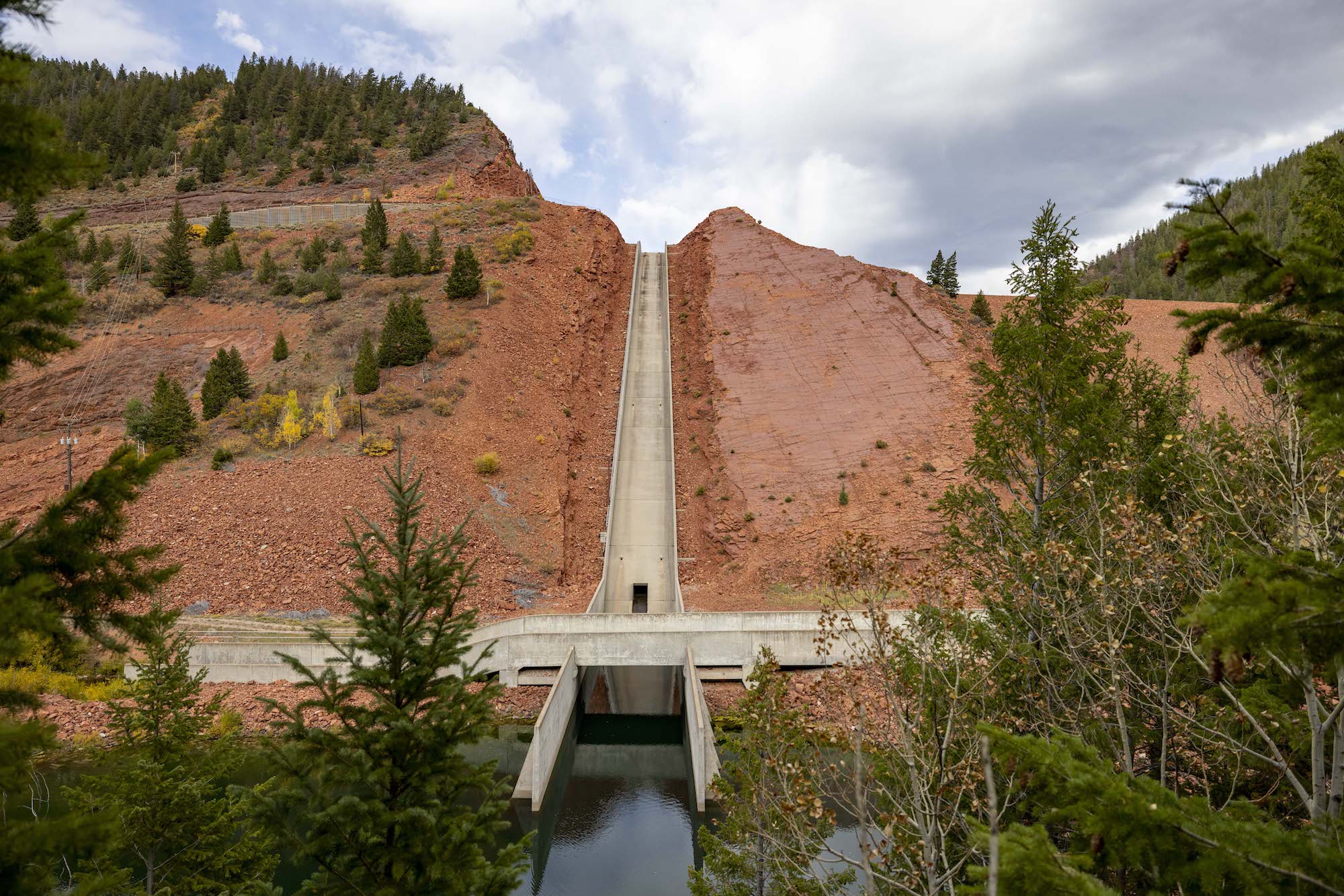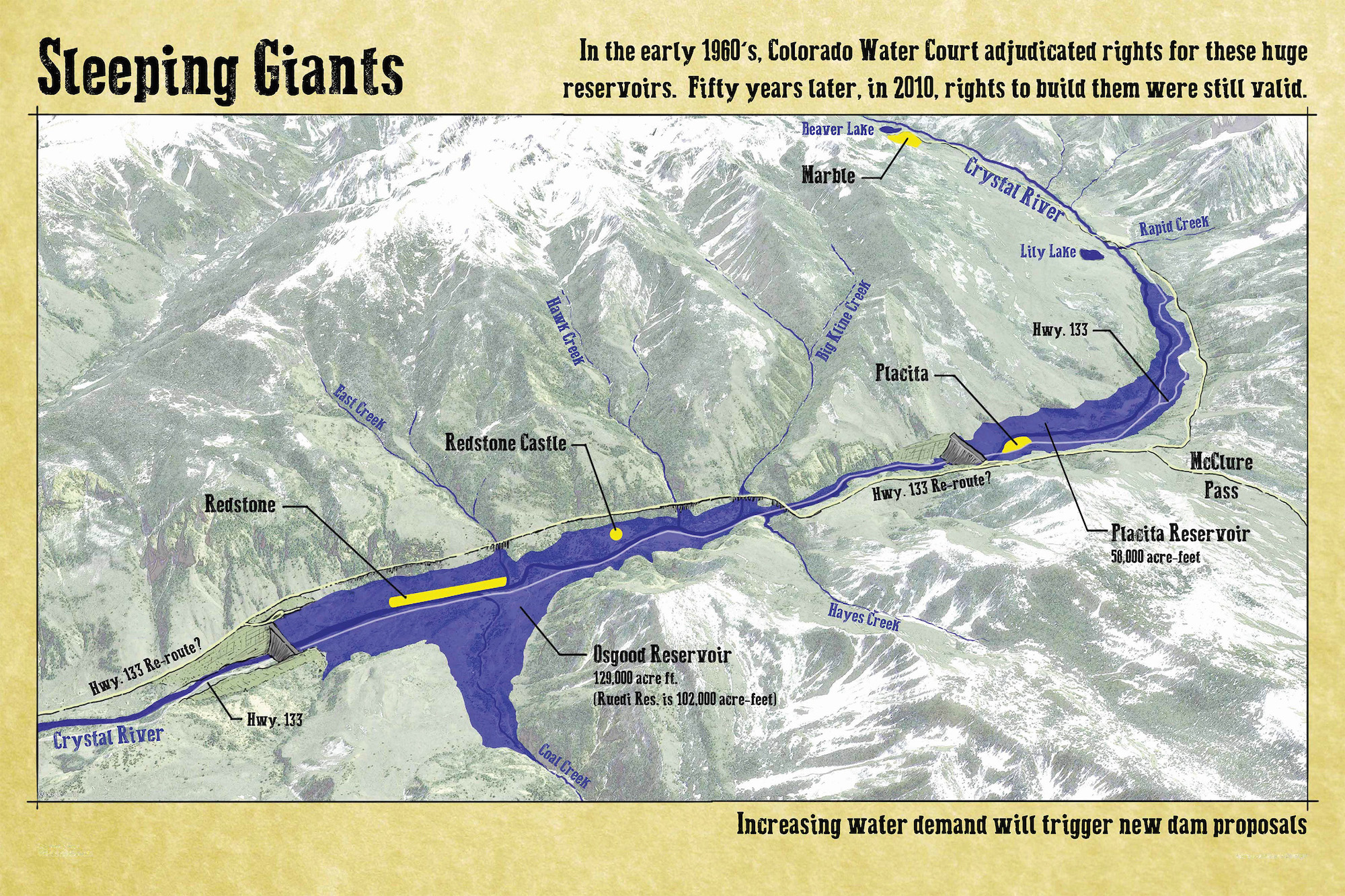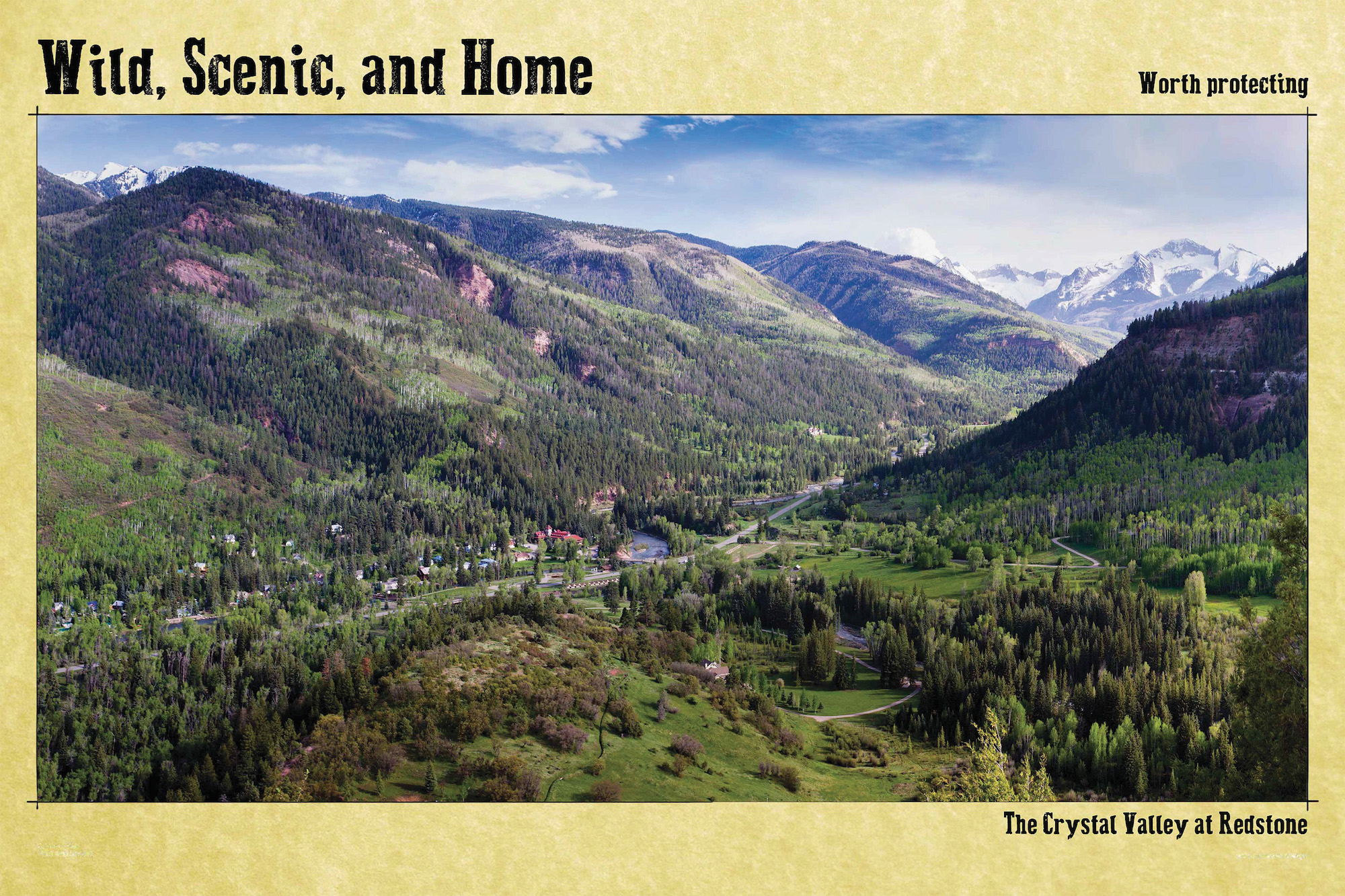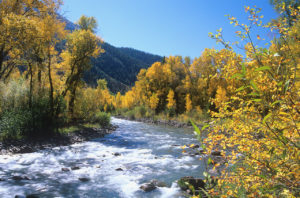Keep the Crystal River Wild & Scenic!
The Crystal River is one of Colorado’s last untamed natural wonders. Flowing from its headwaters in the Maroon Bells-Snowmass Wilderness to Carbondale where it joins with the Roaring Fork River, this crystal-clear river carves one of western Colorado’s most scenic valleys. The Crystal River is deserving of designation as a Wild and Scenic River, which would protect its outstandingly remarkable scenic, historic, and recreational values.
The National Wild and Scenic Rivers Act helps preserve certain rivers and streams with outstanding natural, heritage, or recreational features in a free-flowing condition for the enjoyment of present and future generations. Efforts to continue the Crystal Valley’s ranching heritage, sustain the river’s diverse fish and wildlife, support the local recreation economy, and protect public lands and water resources would all benefit from Wild and Scenic River designation.
Learn more about what Wild & Scenic Protection would mean for the Crystal.

Dam at Reudi Reservoir. Photo courtesy Matt Annabel.
Is the Crystal Threatened?
Yes. Colorado currently has 24 trans-mountain diversions sending 560,000 acre-feet per year from the Western Slope to the Front Range, including several in the Roaring Fork Valley. Both the Crystal and the Roaring Fork Rivers drain to the Colorado River – which 40 million people across the West depend on for agricultural, industrial, and domestic needs. In Colorado, our population is projected to nearly double by 2050, suggesting a need for a lot more water – particularly for the Front Range. Where will that water come from?
The Crystal River remains one of the very few in our state that has neither a dam or a trans-basin diversion, though it has long been a target.
History and Background
1905 – Ranchers south of Silt consider supplementing Divide Creek’s irrigation capacity with trans-basin diversions from the Crystal River.
1909 – Denver Enginer Peter O’Brian filed a map with the State Water Court that would take water from the Crystal River to the Divide Creek area, calling his project The Garfield County Ditch. He hoped to divert 1,000 cubic feet per second from the Crystal River for, “irrigation, domestic, storage and power purposes” on the dry mesa tops south of Rifle. Thankfully, it was cost prohibitive and never built.
1956 – Congress approves the Colorado River Storage Project Act authorizing the Glen Canyon, Flaming Gorge, Navajo, Blue Mesa, Paonia and several other large dams throughout the Colorado River Basin. On the Crystal River, the legislation prioritized planning for a project known as West Divide.
1957 – West Divide Project owners successfully filed for conditional water rights. The project initially threatened two large dams – standing 280 ft. tall with hydropower facilities and 1,000 cfs of throughput capacity – on the Crystal River. Named Placita and Osgood, they would together hold twice the volume of Ruedi Reservoir, inundating much of the Crystal River Valley under water and mud. Redstone and Placita would have been wiped from the map.
1960s – 1980s – Plans for the West Divide Project are revised several times, but it seemed to fizzle when a 1982 planning report concluded it was, “not economically justified.” It lay dormant for nearly 30 years.
2011 – Crystal Valley residents are shocked to see a revival of the West Divide Project, with new maps showing the Osgood and Placita Reservoirs as real possibilities once again. Deep community opposition – paired with unfavorable economics – won the day. West Divide’s proponents, facing the prospect of an adverse water court ruling, sought a settlement.
2013 – An agreement was reached, allowing the West Divide Project to preserve its water rights in exchange for abandoning most of its project rights within the Crystal River basin; project’s proponents declared the decision “was largely driven by cost concerns,” also citing “localized opposition.” The last line of their press release read, “the settlement preserves the opportunity for the Districts to file new, junior water rights (both storage and direct flow rights) in the future,” making clear that it’s a matter of time before another threat emerges on the Crystal.

Above: A 2011 proposal would have inundated the town of Redstone.


Use the slider above to see the impacts of a dam and reservoir on Redstone.

